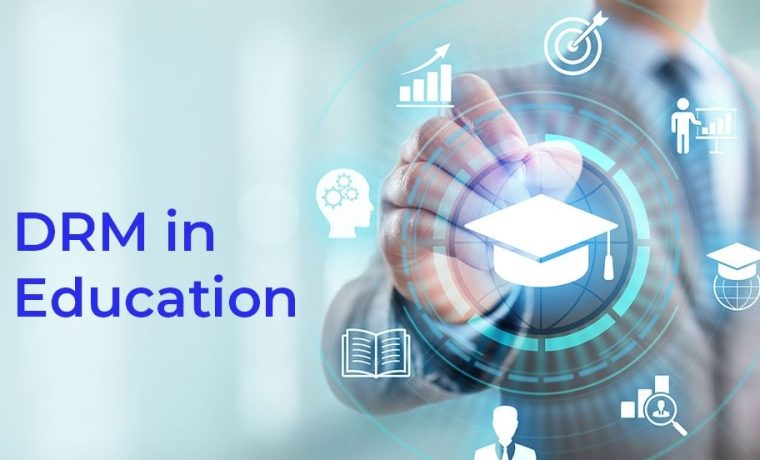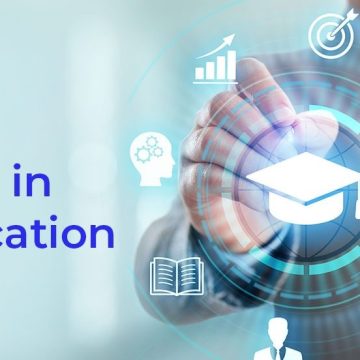Digital Rights Management (DRM) is a crucial component of the digital content landscape, ensuring the protection of intellectual property and fostering a fair and sustainable digital ecosystem. However, the effectiveness of DRM relies not only on robust technological solutions but also on user understanding and cooperation. This article explores the importance of user education in the realm of DRM, aiming to bridge the gap between technology and user awareness.
- Demystifying DRM: What Users Need to Know
Understanding DRM Basics: Many users interact with DRM-protected content without a clear understanding of what DRM entails. User education should begin with demystifying the basics, explaining how DRM safeguards digital content and why it is essential for content creators.
Approaches:
- Infographics and Videos: Utilize visually engaging content to explain DRM concepts in a user-friendly manner.
- Plain Language Communication: Avoid technical jargon and communicate the benefits of DRM in plain language.
- Balancing Access and Protection: Setting Expectations
Striking a Balance: Users often perceive DRM as a restriction on their access to content. Education should emphasize the delicate balance between providing access and protecting the digital rights management of content creators.
Approaches:
- Real-Life Examples: Share examples illustrating the impact of DRM in preventing unauthorized distribution while ensuring legal access.
- User Testimonials: Feature testimonials from content creators and industry professionals on the importance of DRM for sustaining creative industries.
- User Responsibilities in DRM Compliance
Responsible Use: Educate users about their role in ensuring DRM compliance. This includes adhering to licensing agreements, respecting copyright, and understanding the implications of unauthorized sharing.
Approaches:
- Interactive Modules: Develop interactive modules that simulate real-world scenarios, guiding users through responsible decision-making.
- Gamification: Incorporate gamified elements to make the learning experience engaging and memorable.
- Exploring DRM Benefits for Users
Enhanced User Experience: Users may not be aware of the positive impact DRM software can have on their experience, such as ensuring high-quality content, timely updates, and diverse content offerings.
Approaches:
- Case Studies: Showcase case studies where DRM has contributed to improved content quality and availability.
- Feature Highlights: Highlight specific features, like offline access and multi-device compatibility, that enhance the user experience.
- Addressing Common Misconceptions
Dispelling Myths: Misconceptions about DRM can hinder user acceptance. Address common myths, such as DRM causing performance issues or infringing on privacy, through clear and factual communication.
Approaches:
- FAQ Sections: Include a comprehensive FAQ section addressing common concerns and misconceptions.
- Expert Interviews: Seek insights from DRM experts to clarify complex topics and dispel misinformation.
- Navigating DRM for Different Content Types
Tailored Education: Different content types may have unique DRM considerations. Tailor educational materials to address the specific challenges and benefits associated with various types of digital content.
Approaches:
- Content-Specific Guides: Develop guides that cater to the nuances of DRM in music, videos, e-books, and other content types.
- Industry Webinars: Host webinars featuring industry experts discussing DRM in specific content domains.
- Encouraging User Feedback and Collaboration
User Involvement: Involve users in the conversation by encouraging feedback and collaboration. Establish channels for users to share their thoughts, concerns, and suggestions regarding DRM.
Approaches:
- Surveys and Polls: Conduct surveys to gauge user opinions on DRM and gather insights for improvement.
- Community Forums: Create online forums where users can discuss DRM-related topics and share experiences.
Conclusion: Building a Knowledgeable and Supportive User Base
User education on DRM is not just about conveying information but building a knowledgeable and supportive user base. By demystifying DRM, setting realistic expectations, emphasizing user responsibilities, highlighting benefits, dispelling myths, tailoring education to content types, and encouraging collaboration, we can bridge the gap between technology and user understanding.
As the digital landscape continues to evolve, informed users contribute not only to the success of DRM but also to the sustainability of creative industries.
















